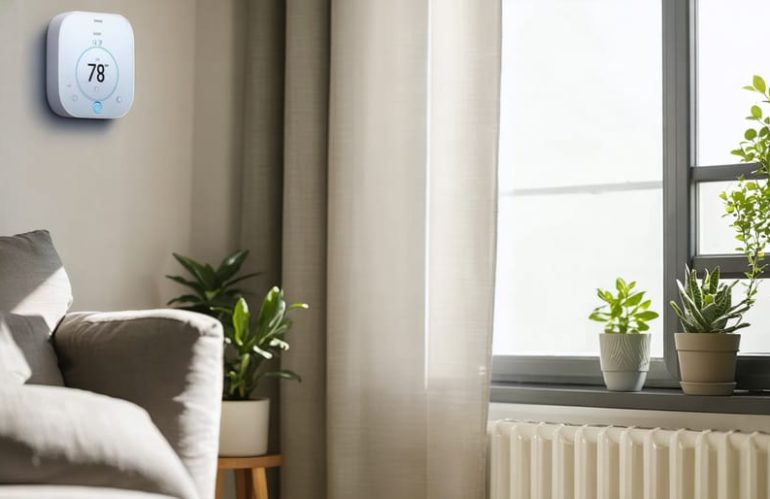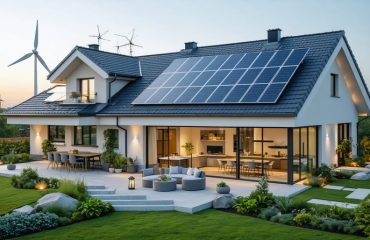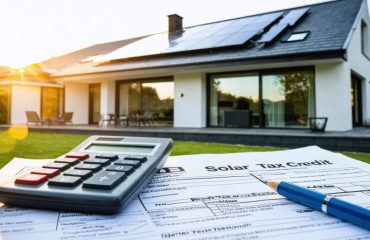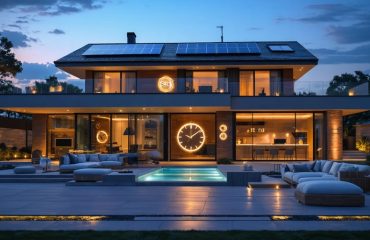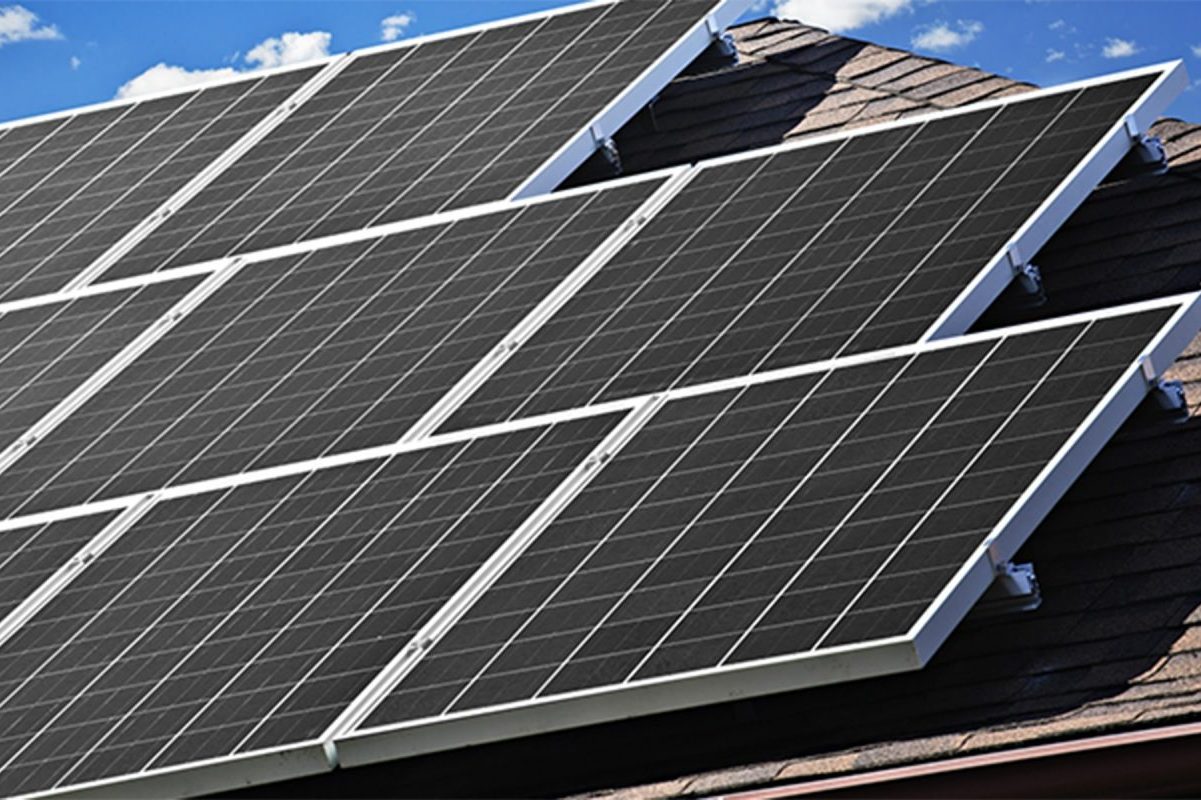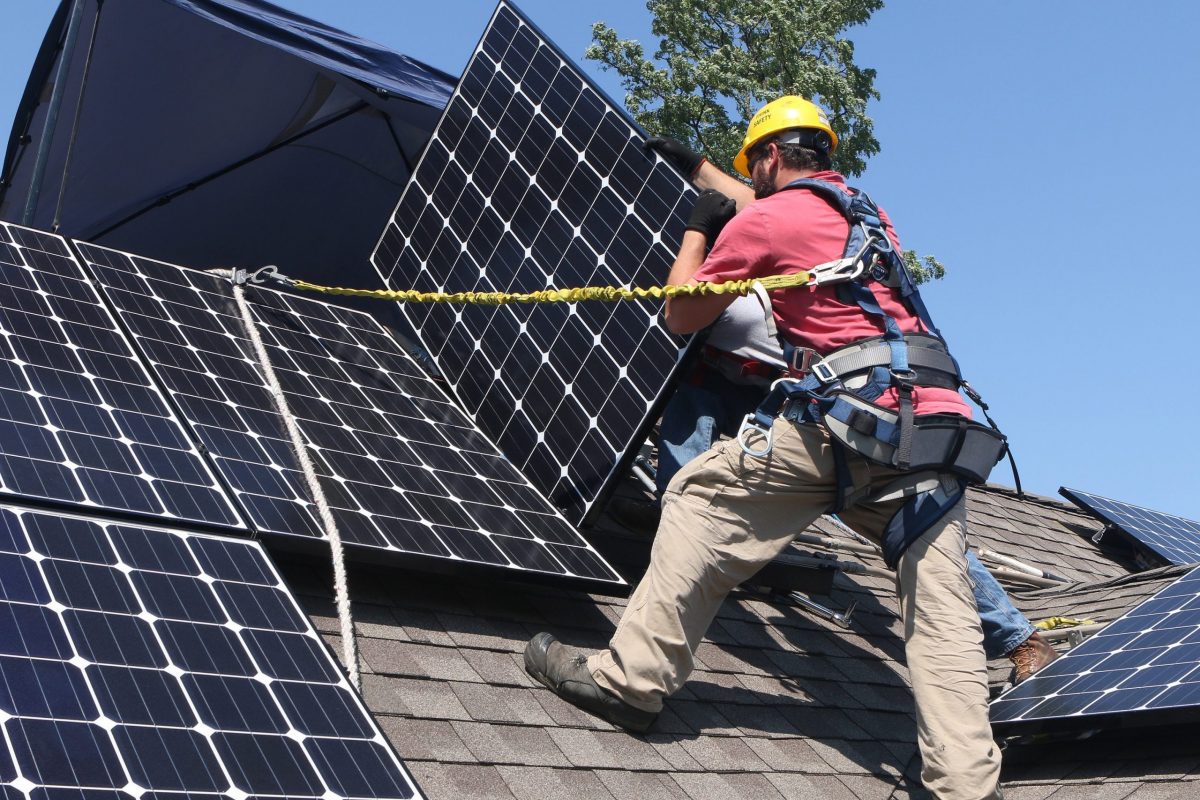Slash your summer energy bills while staying cool with proven strategies that deliver immediate savings. Transform your home into an energy-efficient oasis by optimizing your air conditioning system, leveraging natural cooling methods, and implementing smart energy habits. During peak summer months, homeowners typically spend 50% of their energy costs on cooling – but strategic changes can cut these expenses by up to 30%.
Combat rising temperatures and utility costs with a dual approach: quick fixes you can implement today and long-term solutions that provide lasting benefits. From simple adjustments like programming your thermostat to larger investments in energy-efficient upgrades, every action contributes to a more comfortable home and reduced energy consumption.
Whether you’re looking to make immediate improvements or planning comprehensive energy-saving renovations, this guide provides practical, cost-effective solutions tailored to your needs. Learn how to maximize your home’s cooling efficiency while minimizing environmental impact and protecting your wallet from seasonal energy spikes.
The following tips combine time-tested methods with modern technology to help you achieve optimal energy savings without sacrificing comfort. Let’s explore how smart energy choices can transform your summer cooling strategy and lead to significant savings.
Optimize Your AC for Maximum Efficiency
Smart Temperature Settings
Programming your thermostat strategically is one of the most effective ways to reduce summer energy costs. The U.S. Department of Energy recommends setting your thermostat to 78°F (26°C) when you’re home and active. This temperature balances comfort with energy efficiency, potentially saving you up to 10% annually on cooling costs.
Take advantage of your programmable thermostat’s scheduling features to align with optimal energy usage times. Set the temperature 7-10 degrees higher when you’re away or sleeping. For example, program your AC to start cooling your home about 30 minutes before you wake up or return from work, rather than keeping it running all day.
If you have a smart thermostat, utilize its learning capabilities and remote control features. These devices can automatically adjust based on your daily patterns and allow you to make changes from your smartphone. Many smart thermostats also provide energy usage reports, helping you identify opportunities for additional savings.
Remember that each degree below 78°F increases your energy consumption by about 3-4%. Instead of dramatically lowering the temperature, try using ceiling fans to create a wind-chill effect, making the room feel 4-5 degrees cooler without increasing your energy usage significantly.
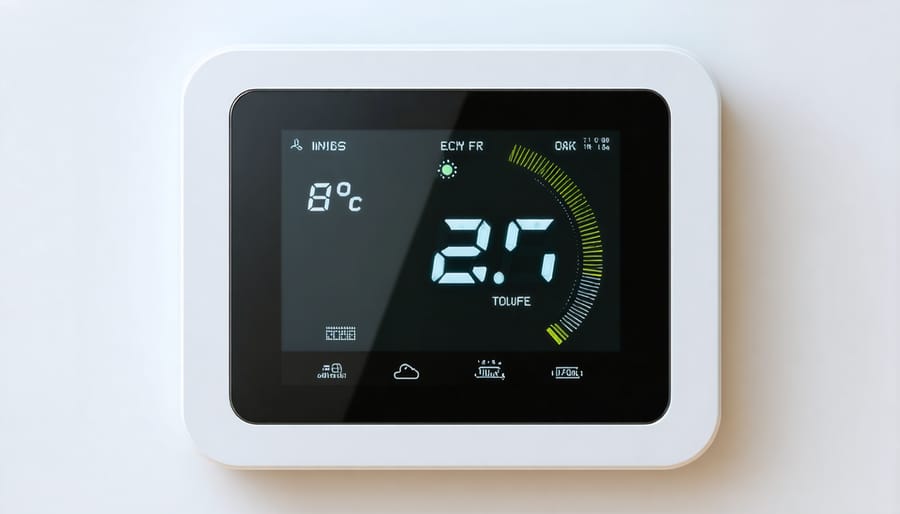
Maintenance Matters
Regular maintenance of your air conditioning system is key to maximizing energy efficiency and minimizing cooling costs during summer. Start with the basics: check and replace your AC filters every 1-2 months during peak cooling season. Clean filters can lower your AC’s energy consumption by 5-15% while ensuring better air quality in your home.
Don’t skip the annual professional maintenance check-up, ideally scheduled in spring before the summer heat arrives. During these service visits, technicians clean essential components, check refrigerant levels, and ensure optimal performance. They can spot potential issues before they become expensive problems that waste energy and money.
Keep your outdoor AC unit clear of debris, leaves, and overgrown vegetation. Maintain at least two feet of clearance around the unit to ensure proper airflow. Clean the condenser coils annually to prevent dirt buildup that forces your system to work harder.
Inside your home, ensure all vents are unobstructed by furniture or curtains. Check your ductwork for leaks, which can waste up to 30% of your cooled air. Seal any visible gaps with metal-backed tape or mastic sealant.
Consider installing a programmable or smart thermostat during your next maintenance upgrade. These devices can automatically adjust temperature settings based on your schedule, potentially saving you up to 10% annually on cooling costs.
Natural Cooling Strategies That Work
Strategic Ventilation
Strategic ventilation can dramatically reduce your cooling costs while maintaining comfort throughout your home. Start by creating cross-ventilation by opening windows on opposite sides of your house during cooler morning and evening hours. This natural airflow pushes out warm air and draws in cooler air, reducing your need for air conditioning.
Ceiling fans are your allies in the battle against summer heat, using only about 10% of the energy of an air conditioner. Remember to set your fans to rotate counterclockwise during summer, which creates a cooling downdraft. This simple adjustment can make a room feel up to 4 degrees cooler, allowing you to raise your thermostat setting without sacrificing comfort.
Make the most of your home’s design by strategically placing portable fans near windows. Position one fan facing outward in an upstairs window to exhaust hot air, while placing another fan on the ground floor facing inward to draw in cooler air. This creates a “whole-house” cooling effect.
For maximum efficiency, consider installing a whole-house fan in your attic. These powerful fans can cool your entire home in minutes during evening hours, using significantly less energy than air conditioning. Combined with proper window management and strategic timing, this approach can reduce your cooling costs by up to 50% during summer months.
Shade Solutions
Creating an effective shade barrier is one of the simplest ways to keep your home cooler and reduce your energy costs during summer. Start by utilizing your window coverings strategically – close blinds and curtains during the hottest parts of the day, especially on south and west-facing windows where direct sunlight is strongest.
Light-colored or reflective blinds can bounce up to 80% of direct sunlight back outdoors, while insulated cellular shades can reduce unwanted solar heat through windows by up to 60%. For maximum effectiveness, ensure your window coverings are mounted as close to the glass as possible and fitted snugly against the window frame.
Consider installing outdoor shade solutions like awnings, which can reduce solar heat gain by up to 77% on west-facing windows. Exterior rolling shades or solar screens are another excellent option, blocking heat before it enters your home while still maintaining your view.
Don’t overlook natural shade solutions. Strategically planted deciduous trees on the south and west sides of your home provide cooling shade in summer while allowing beneficial sunlight through in winter. Fast-growing vines on trellises or pergolas can also create attractive shade barriers.
For patios and outdoor living spaces, shade sails or retractable canopies offer flexible protection while adding architectural interest to your home’s exterior. These solutions not only keep your outdoor areas comfortable but also reduce heat radiation through nearby walls and windows.
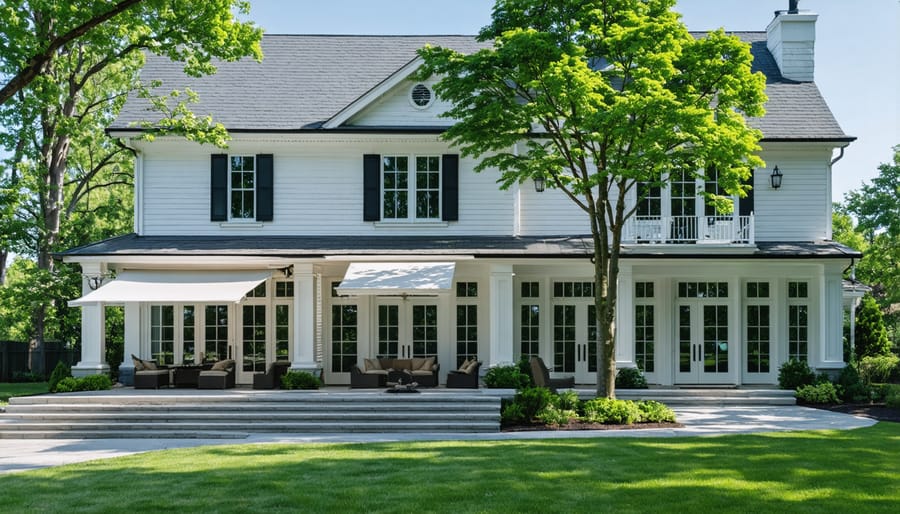
Smart Home Technology for Energy Savings
Solar-Powered Solutions
Solar power offers a powerful solution for homeowners looking to offset their summer cooling costs while embracing sustainable energy. By harnessing the sun’s energy during peak cooling demand, solar panels can significantly reduce or eliminate your air conditioning expenses when you need relief the most.
The beauty of solar power lies in its perfect timing with summer cooling needs. When the sun is at its strongest and your AC is working hardest, your solar panels are also generating maximum power. This synchronization means you’re producing the most energy exactly when you need it most, creating a natural balance between supply and demand.
Installing solar panels can lead to immediate and long-term savings on your energy bills. Many homeowners report reducing their summer electricity costs by 50-90%, with some achieving net-zero energy bills during peak cooling months. With current solar energy incentives and tax credits, the initial investment has become more affordable than ever.
Modern solar systems can be integrated with smart home technology to optimize your energy usage. Features like battery storage allow you to store excess energy generated during sunny days for use during evening hours when your AC is still running but solar production has decreased. This ensures consistent savings throughout the entire day.
Consider starting with a professional solar assessment to determine the right system size for your cooling needs. Many solar providers offer free evaluations that account for your home’s specific energy consumption patterns, roof orientation, and local climate conditions. They can help design a system that maximizes your return on investment while minimizing your carbon footprint.
For those concerned about aesthetics, today’s solar panels are sleeker and more attractive than ever, often enhancing rather than detracting from your home’s appearance. Plus, studies show that homes with solar installations typically see increased property values, making it a smart long-term investment beyond just energy savings.
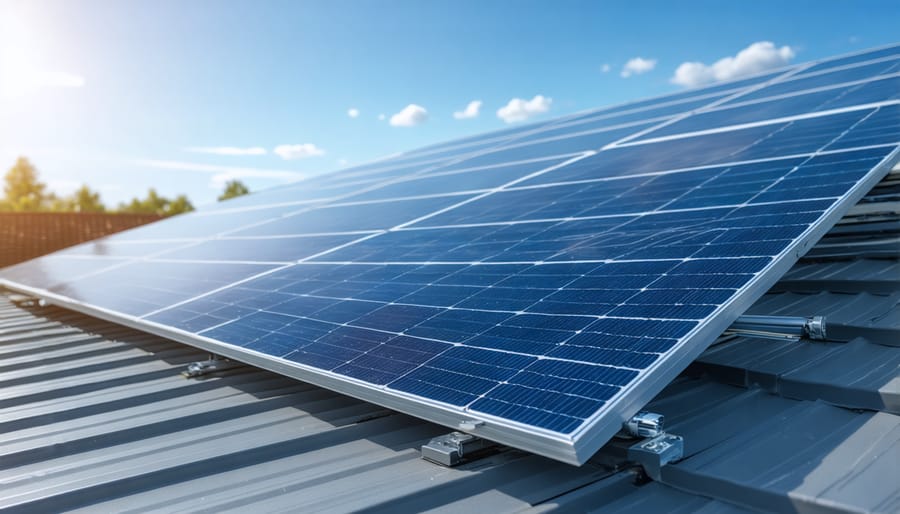
Quick Wins for Immediate Savings
Looking to slash your energy bills right away? These simple adjustments can deliver immediate savings without any significant investment or effort. Start by adjusting your thermostat just a few degrees higher – every degree above 72°F can reduce your cooling costs by up to 3%. Set it to 78°F when you’re home and active, and consider raising it further when you’re away or sleeping.
Make the most of your ceiling fans by ensuring they rotate counterclockwise during summer. This creates a cooling downdraft that makes rooms feel up to 4°F cooler, allowing you to raise your thermostat without sacrificing comfort. Remember to turn fans off when leaving rooms, as they cool people, not spaces.
Close your blinds and curtains during peak sunlight hours, especially on south and west-facing windows. This simple action can reduce heat gain by up to 33%. For even better results, use light-colored window coverings that reflect sunlight away from your home.
Check your air conditioning vents and returns to ensure they’re not blocked by furniture or curtains. Clean or replace your AC filter monthly during heavy use periods – a dirty filter can increase energy consumption by up to 15%. Additionally, consider joining local demand response savings programs, which offer incentives for reducing energy use during peak hours.
Minimize heat-generating activities during the hottest parts of the day. Run your dishwasher and washing machine in the evening, use your microwave instead of the oven when possible, and air-dry clothes outside if feasible. These small changes can significantly reduce your cooling load and energy consumption while providing immediate savings on your next utility bill.
By implementing these energy-saving tips during the summer months, you can significantly reduce your electricity consumption while maintaining a comfortable living environment. Simple changes like optimizing your thermostat settings, maintaining your AC system, and utilizing natural cooling methods can lead to substantial savings on your energy bills.
Remember that combining multiple strategies yields the best results. Start with the no-cost solutions like adjusting your daily habits and utilizing natural ventilation. Then, gradually incorporate low-cost improvements such as weatherstripping and programmable thermostats. For those ready to make a bigger impact, consider long-term investments like energy-efficient appliances and proper insulation.
The benefits extend beyond just financial savings. By reducing your energy consumption, you’re also decreasing your carbon footprint and contributing to environmental sustainability. Every kilowatt-hour saved means less strain on the power grid during peak summer demand and fewer greenhouse gas emissions.
Take action today by implementing these tips one at a time. Start with the easiest changes and work your way up to more significant improvements. Track your energy bills to see the impact of your efforts, and remember that even small changes add up to meaningful savings over time. With consistent effort and smart choices, you can enjoy a cooler home while keeping your energy costs under control this summer.

